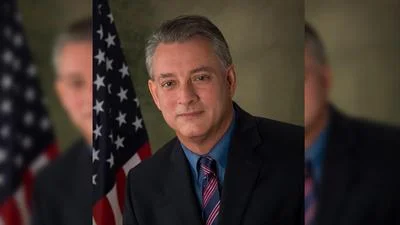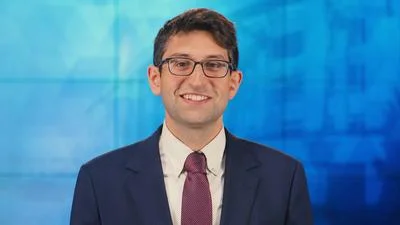Energy and Commerce Chairman Frank Pallone, Jr. (D-NJ) delivered the following remarks today at an Energy Subcommittee markup of H.R. 3432, the Safer Pipelines Act of 2019:
Chairman Rush, thank you for your leadership in introducing H.R. 3432, the “Safer Pipelines Act of 2019." This legislation that takes a crucial step in ensuring that the more than three million miles of pipeline transporting oil and gas throughout the nation are safe.
H.R. 3432 reauthorizes the Department of Transportation’s pipeline safety program at a workable level, including funding for grants to local responders and to communities for technical assistance. It also makes several important improvements to the federal pipeline safety program.
First, it removes the duplicative and rigged cost-benefit analysis from current law, while still ensuring PHMSA rules are subject to the same economic analysis that every other major rule receives.
The bill also restores the mechanism for citizens to pursue legal action to compel PHMSA to fulfill its statutory duties. This is a critically important tool for communities because - too often - PHMSA doesn’t do its job. We must find a way to get PHMSA to carry out its responsibilities because the alternative is a danger to life, property and the environment.
H.R. 3432 also fixes the ridiculously high bar for imposing criminal penalties in current law. The bill changes the standard to “knowingly or recklessly," which would bring the pipeline criminal standard in line with that of the Hazmat statute. The government must be able to hold companies accountable when they knowingly or recklessly ignore the law. The bill also increases fines that can be imposed on bad actors and removes the overall cap on penalties.
Mr. Rush’s legislation also takes important steps to improve pipeline safety by providing communities with greater access to more useful information about the pipelines that run through their neighborhoods. It also boosts the use of smart pigs and other technologies, and ensures that pipeline operators will have to install remote or automatic valves on their lines, where appropriate.
We must do everything in our power to ensure our national pipeline network is as safe as possible and the ideas included in the Safer Pipelines Act are, in my view, critical to achieving that end. From the beginning of this process, I have said this bill is a starting point for discussion and collaboration.
At last week’s legislative hearing, my Republican colleagues raised concerns over several matters in the discussion draft. Since that time Chairman Rush and I have taken steps to begin addressing these concerns so that we can move toward a bipartisan committee product.
First, we have set aside two issues flagged by Republicans during our legislative hearing: regulation of gathering lines and elimination of the “grandfather clause" that allows pre-1970 pipeline to remain untested for maximum allowable operating pressure. While we have dropped them from the bill as introduced, these issues are still very important, and I hope that we can find a bipartisan solution to address them. We have also set aside a direct requirement for operators to install leak detection on their lines.
Also, in response to Republican concerns, we have significantly modified two other key components of the bill. First, the bill no longer eliminates direct assessment as a method for assessing pipeline integrity. Instead, it requires PHMSA to issue a rule to assess technologies such as internal inspection devices, robots, and hydrostatic testing and to prioritize their use over direct assessment on transmission lines if they will provide a greater level of safety. With distribution lines, the bill would now have the Secretary study and report to Congress on the potential to use methods that would ensure a higher level of safety than direct assessment.
The bill also limits the application of the mandate for operators to replace manual valves with remote control or automatic valves. First, it makes clear that a hazardous liquid pipeline would not be required to install an automatic shutoff valve that could cause a rupture. Second, the mandate on operators to install these valves would now only go into effect if PHMSA fails to publish within two years the rule on these valves it was required to produce by the 2011 Act.
We have made these changes to show good faith that our intent is to report a strong, bipartisan bill. I recognize that we aren’t there yet, but we are marking up in the Subcommittee today in the hope that we can reach agreement and report a bipartisan product out of Full Committee before we leave for the August recess. I would like the staff on both sides to spend the next few weeks working to achieve that goal.
I commit to bring PHMSA into the conversation further and try to ensure that Member offices can question the regulators about the legislation.
I look forward to working in a bipartisan manner to update and improve this critical federal program so that we produce a final bill that we can all be proud of.
Thank you, and I yield back.





